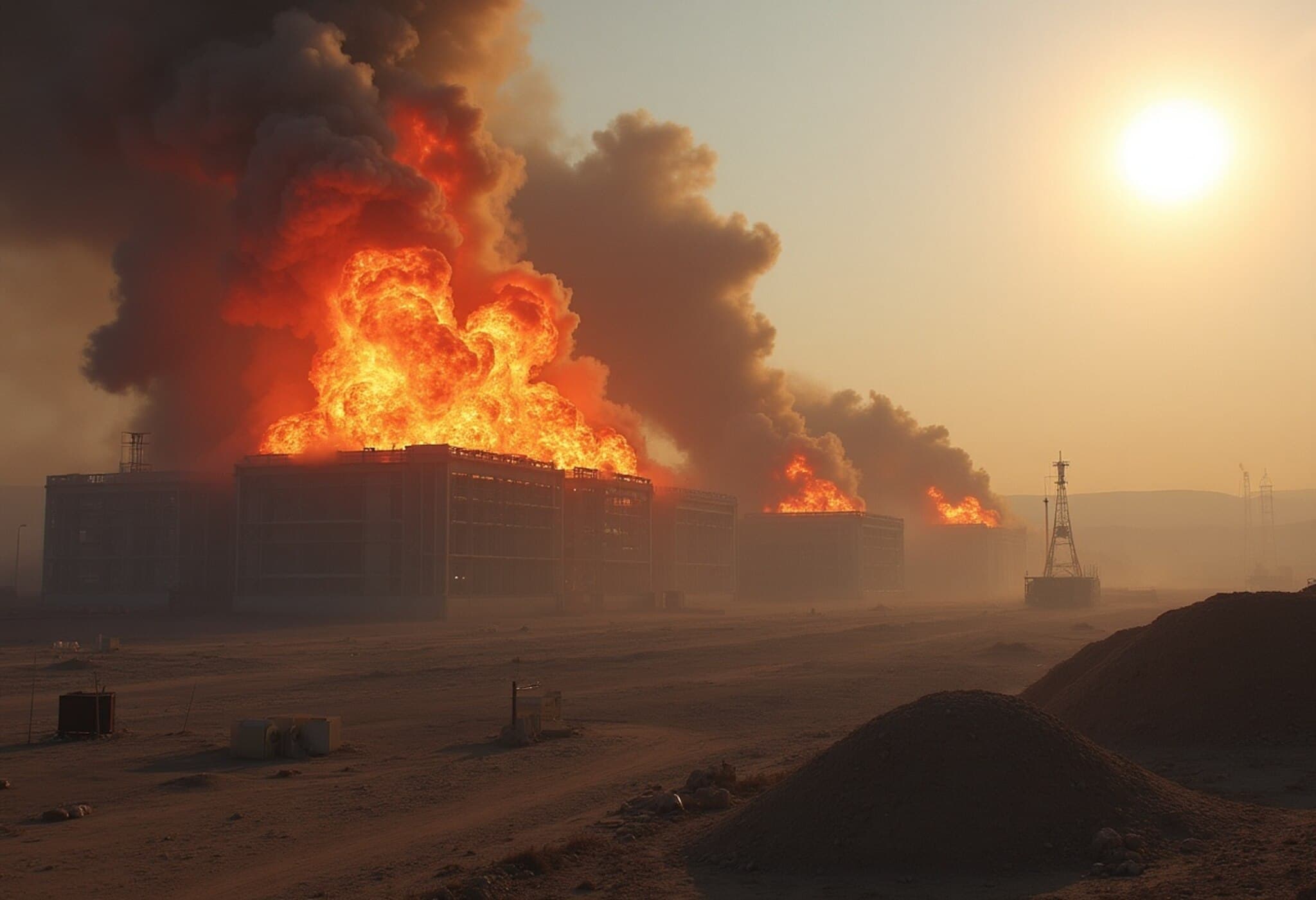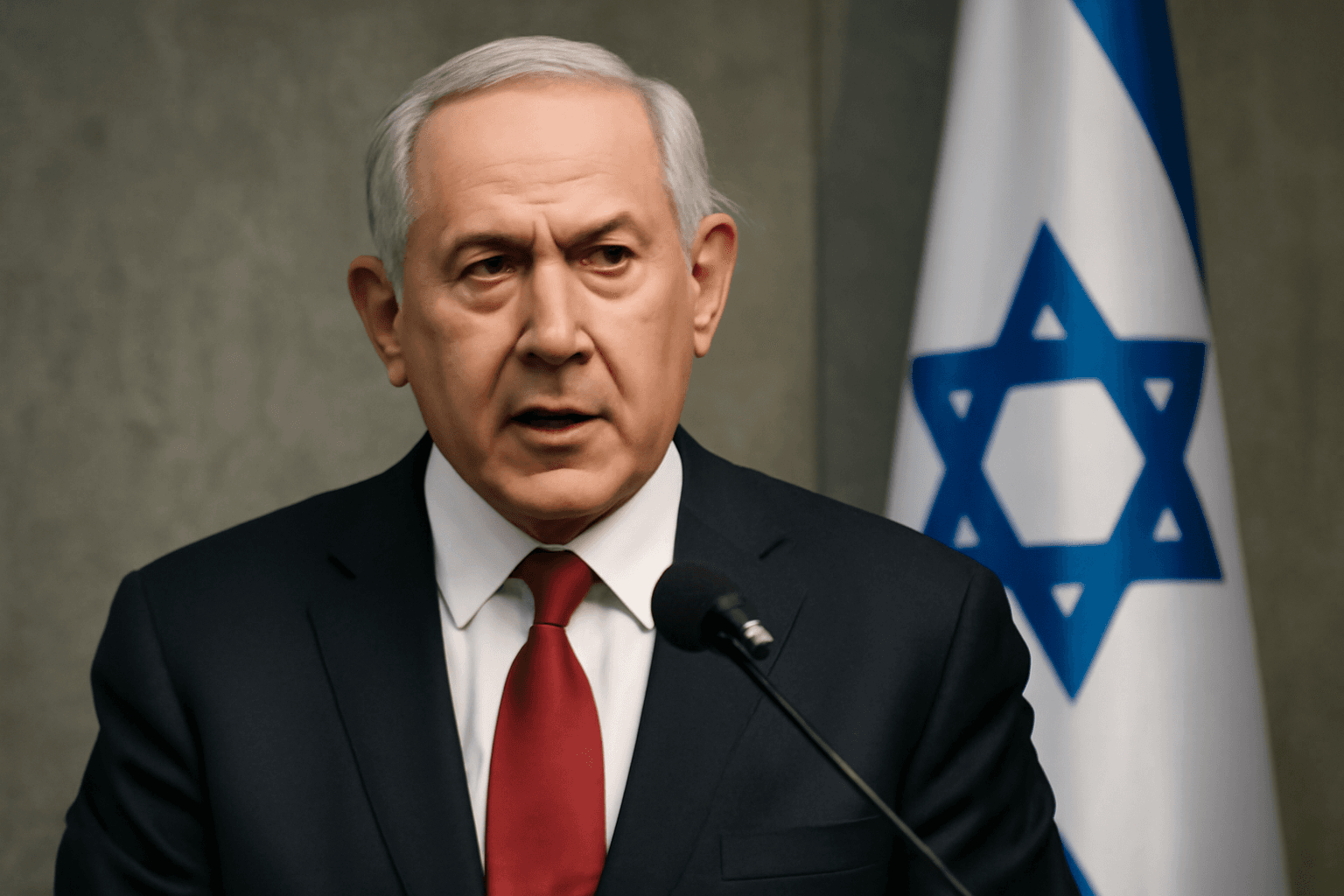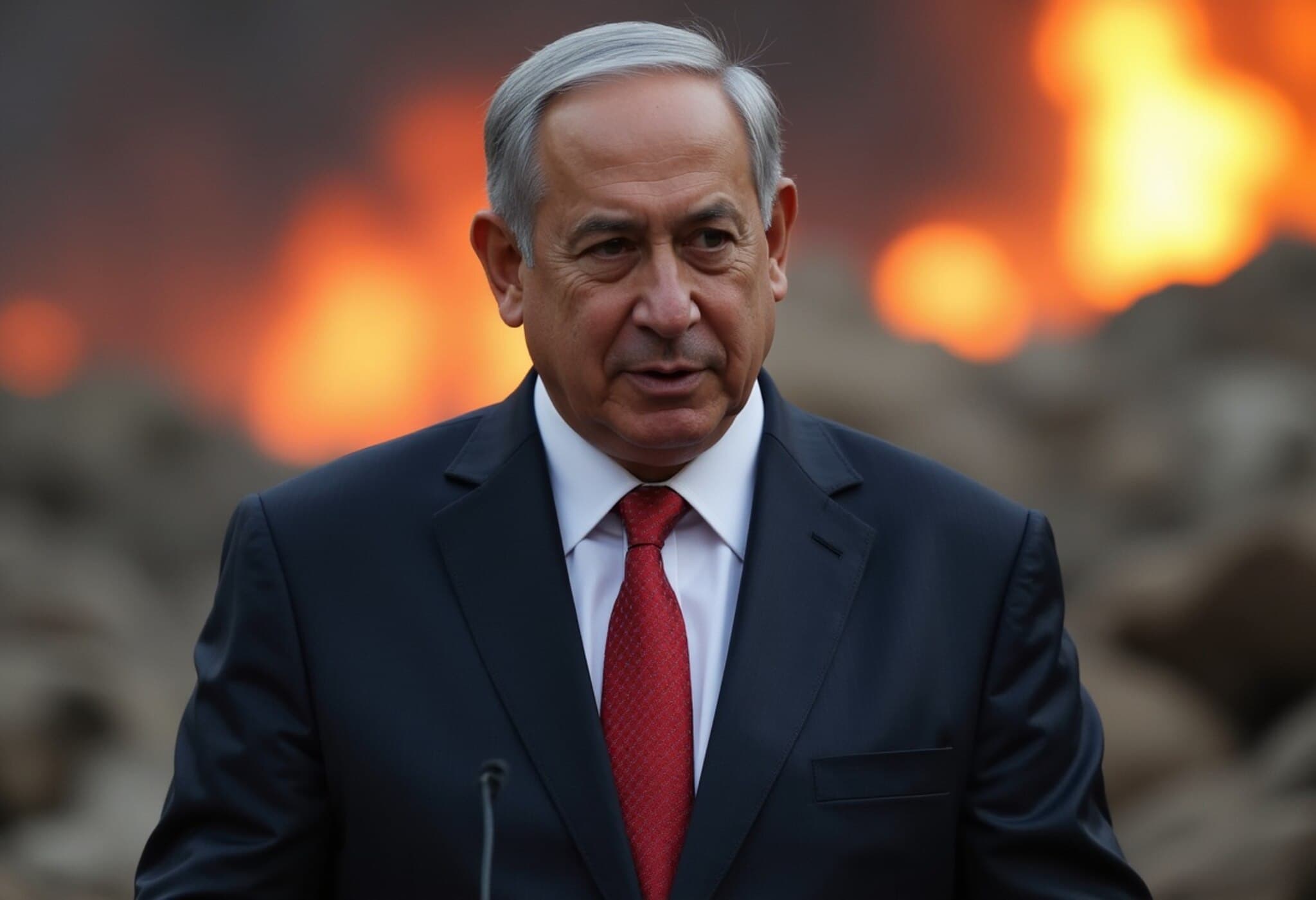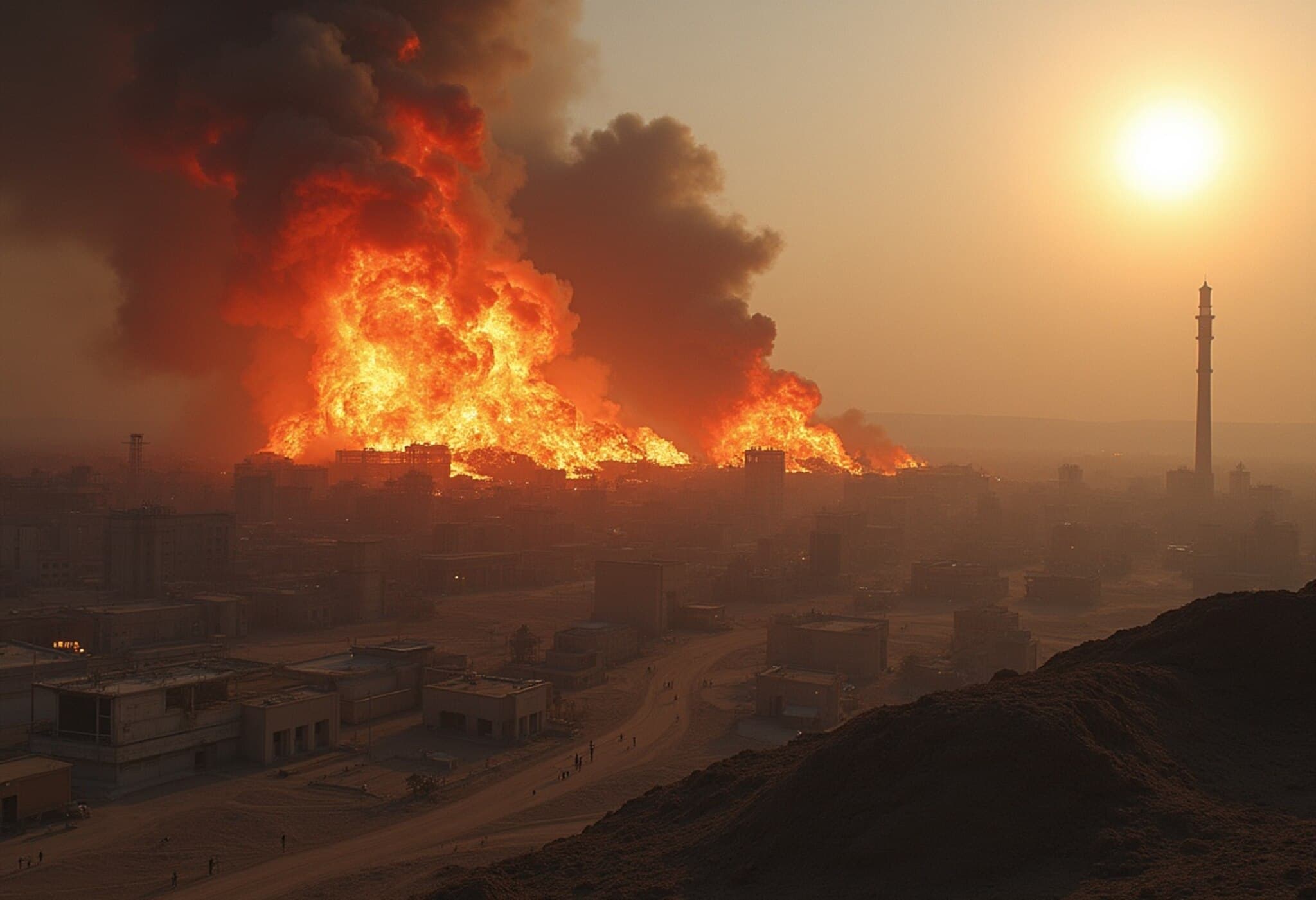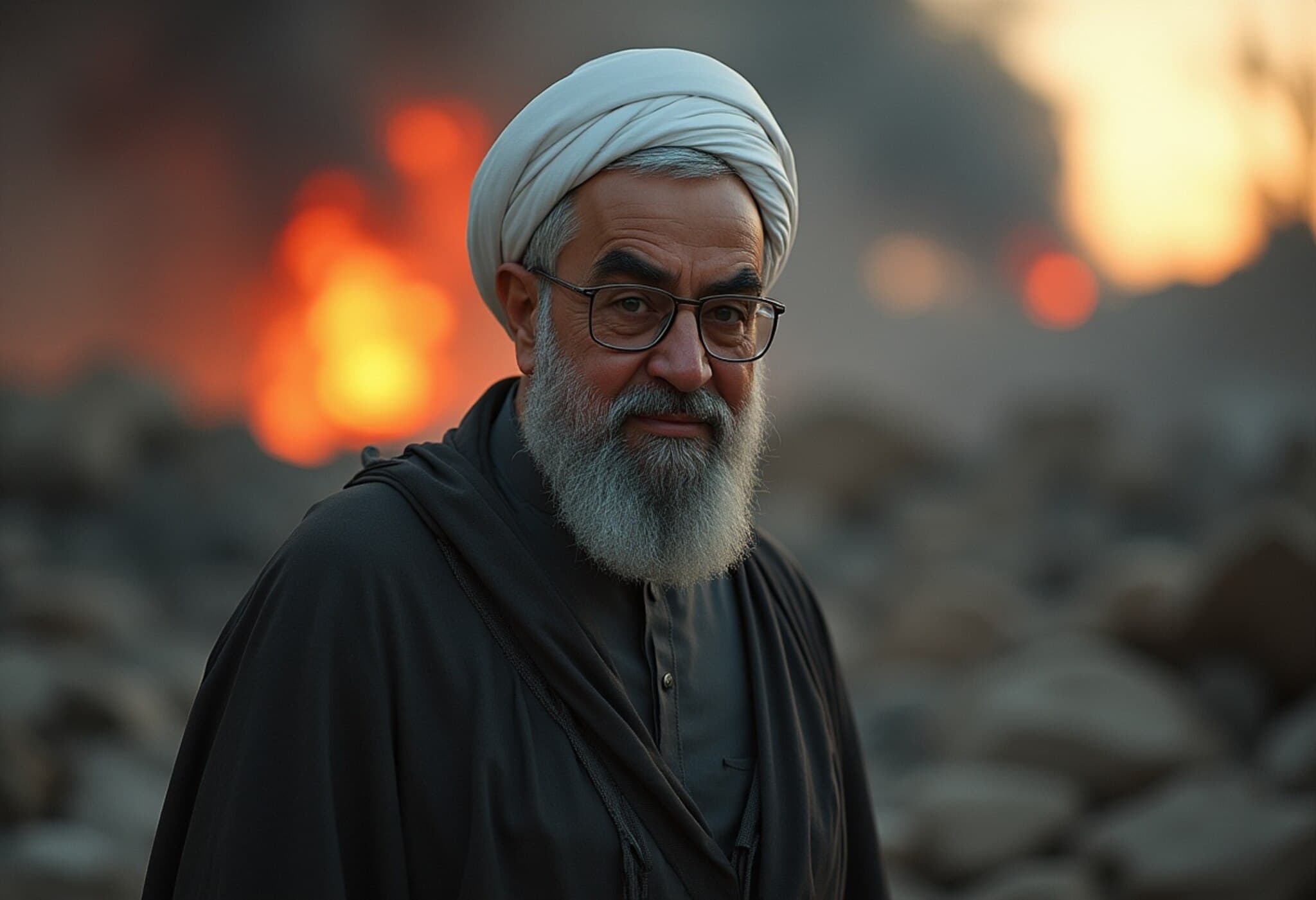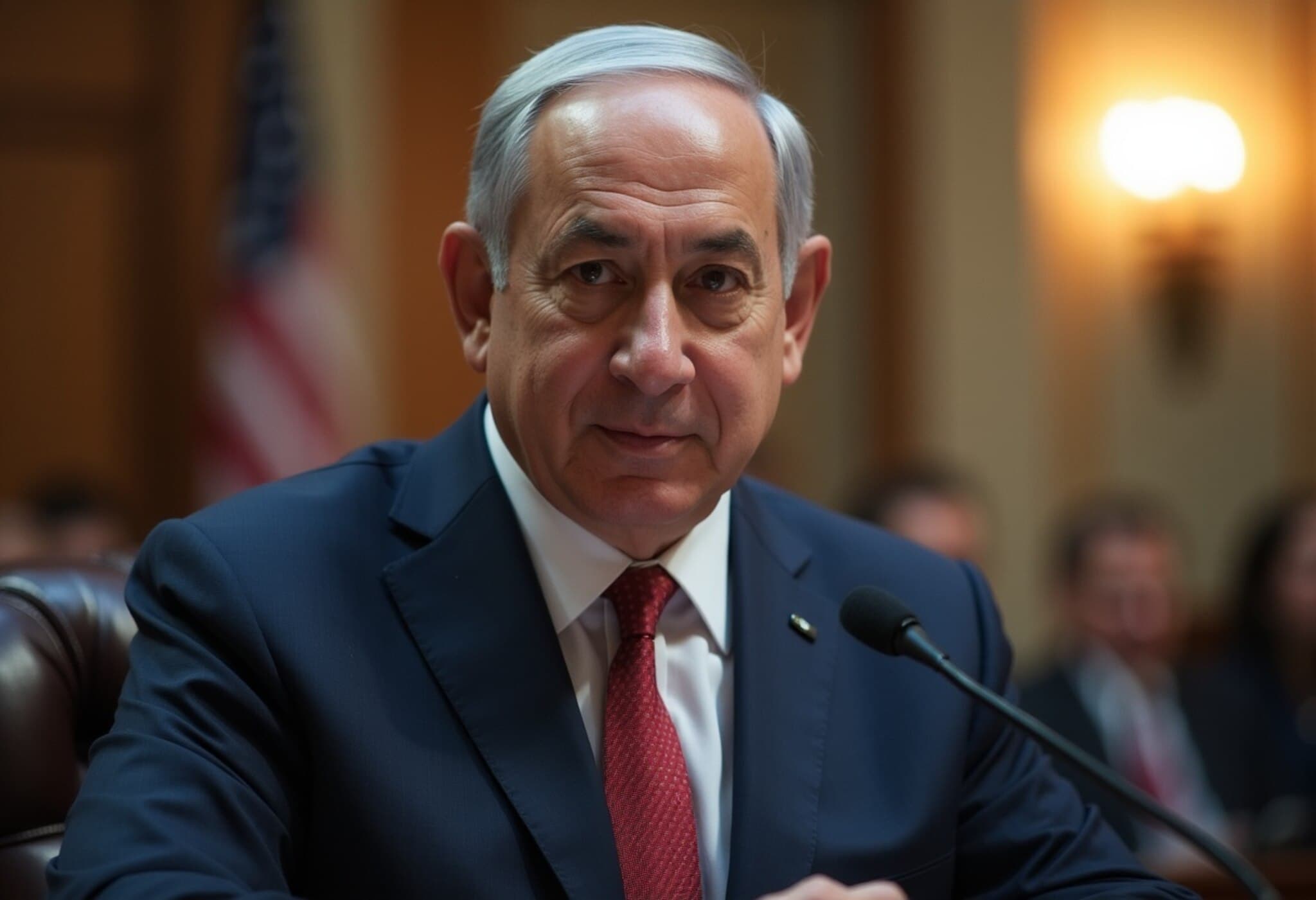Israel Targets Iran's Arak Reactor Amid Nuclear Tensions
In a dramatic escalation of nuclear tensions, Israel launched airstrikes on Iran’s Arak heavy water reactor, a facility at the heart of past nuclear agreements. The strikes, which also hit other sensitive nuclear sites across Iran, highlight the fragile status of the region’s nuclear landscape.
Why Arak Reactor Matters
Located approximately 250 kilometers southwest of Tehran, the Arak reactor holds key significance due to its capability to produce plutonium – a critical material for atomic weapons. Unlike uranium-enrichment processes which have dominated headlines, this heavy water reactor poses its own proliferation risks.
Though the reactor never became operational nor contained uranium fuel at the time of the strike, Israel’s military stated the attack specifically targeted the reactor’s core seal to prevent it from being used to generate plutonium.
Historical Context of the Arak Facility
Following the Iran-Iraq war in the 1980s, Iran embarked on a secret military nuclear program, attempting to acquire a heavy water reactor from foreign suppliers. When those efforts failed, Iran proceeded to build the Arak reactor independently.
- Heavy water reactors use deuterium-based water to moderate nuclear reactions.
- While these plants can serve peaceful scientific purposes, they can also produce plutonium, a potent ingredient for nuclear weapons.
- Countries like India, Pakistan, and Israel – all nuclear-armed states – operate heavy water reactors.
Despite developing uranium-enriching centrifuges later as the primary strategy, Iran completed the Arak reactor, which ultimately never went online. Officially, Iran insists its nuclear endeavors remain peaceful, but concerns remain given Iran’s uranium enrichment reached levels as high as 60%, edging near weapons-grade status of 90%.
Arak’s Role in the 2015 Nuclear Deal
Under the Joint Comprehensive Plan of Action (JCPOA) struck in 2015, Iran agreed to redesign the Arak reactor to reduce proliferation risks. This included partially filling the reactor core with concrete to prevent weaponization.
However, after the United States’ 2018 withdrawal from the deal, progress stalled. Iranian officials later claimed they procured additional parts to restore the reactor, raising alarms within the international community and nuclear watchdogs.
The International Atomic Energy Agency (IAEA) has since reported that restrictions imposed by Iran on inspections have shattered their full oversight, particularly concerning the production and storage of heavy water.
Impact of the Israeli Airstrike
The strike on the Arak site happened early Thursday, with released footage showing an explosion engulfing the reactor’s dome in flames and smoke.
Fortunately, the IAEA confirmed no nuclear materials were present at the time, eliminating any radiological risk to the public. The exact damage to facilities, particularly those producing heavy water, remains unclear.
Israeli officials emphasized the strike’s objective: to dismantle components pivotal for plutonium production, thereby impeding any future attempts by Iran to use the reactor in nuclear weapons development.
What Lies Ahead?
This latest attack underscores the delicacy of nuclear non-proliferation efforts in the Middle East. With surveillance hindered and diplomatic channels strained, the Arak reactor incident adds a complex layer to the ongoing standoff over Iran's nuclear ambitions.

